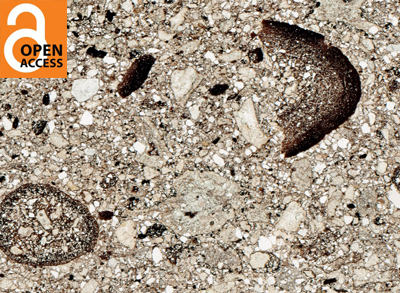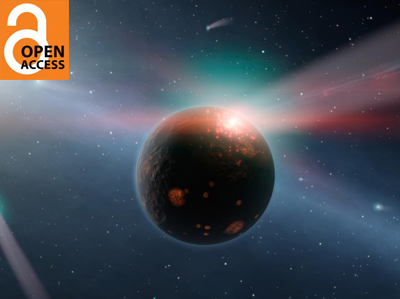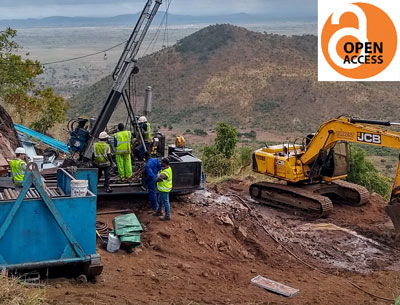The Influence of Large Bolide Impacts on Earth’s Carbon Cycle
Human society’s rapid release of vast quantities of CO2 into the atmosphere is a significant planetary experiment. An obvious natural process capable of similar emissions over geologically short time spans are very large bolide impacts. When striking a carbon-rich target, bolides significantly, and potentially catastrophically, disrupt the global biogeochemical carbon cycle. Independent factors, such as sulfur-rich targets, redox state of the oceans or encountering ecosystems already close to a tipping point, dictated the magnitude of further consequences and determined which large bolide strikes shaped Earth’s evolution. On the early Earth, where carbon-rich sedimentary targets were rare, impacts may not have been purely destructive. Instead, enclosed subaqueous impact structures may have contributed to initiating Earth’s unique carbon cycle.
The Influence of Large Bolide Impacts on Earth’s Carbon Cycle Read More »





